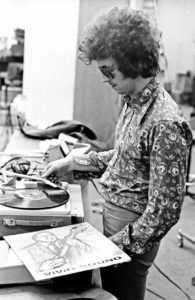
Learning by listening, when learning the guitar
Listening and learning go hand in hand. If your guitar journey began in the internet age, if you started learning with your computer or iPad to hand, no doubt your playing will be hugely influenced by the many brilliant players and tutors on YouTube. Whatever style you aim for, or technique you want to improve, you can guarantee that there will be a number of videos ready and waiting to help you.
I wish it had been like that back in my day. When I started learning, I and my guitar friends got our guitar tuition from vinyl. That meant stopping and starting the record, and lifting and lowering the needle dozens of times. If you were lucky, your record player had that really slow setting, which was about 16 or 17 rpm. With that, you could slow your albums down to half speed in an attempt to pick out the licks. The only problem with that, of course, was that in addition to slowing the track down, it took the pitch down, too.
The other thing we did when learning was swapped licks in person, but I suppose players of today do that, too. I can well remember coming out of the youth club, then later the pub, and heading back to a friend's house to make toast, jam around on guitars and show each other what we'd worked out since we last got together.
The point to note out of all of this is that, in these days of YouTube learning, brilliant thought it is, it is even more important to take some time out and just sit and listen closely to what you are trying to emulate. We had no choice but to do that back in the day. But today, it's optional.
So please don't forget to go to the source and listen to the music. Listen to the Beano album over and over. Listen to the subtleties that made Eric Clapton such a brilliant player. Sit down with no distractions and listen.
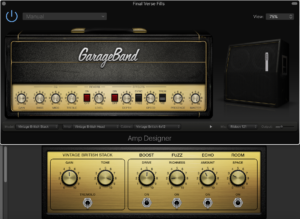
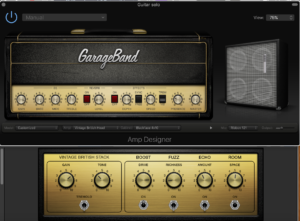
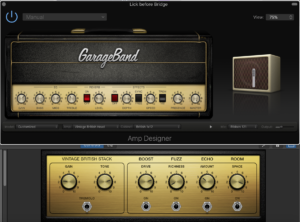
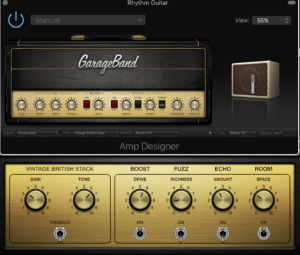
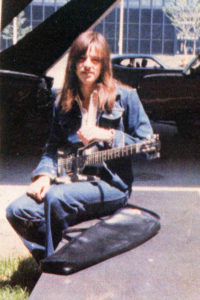 Peter Haycock, who very sadly died at a young age just a few years ago, was a gifted guitarist. Apart from his brilliant playing, he will probably also be remembered for his Veleno guitars, those all-aluminium creations of John Veleno. Several of Pete's were gold-plated, which presumably is what inspired the title of their excellent 1976 album...'Gold Plated'.
Peter Haycock, who very sadly died at a young age just a few years ago, was a gifted guitarist. Apart from his brilliant playing, he will probably also be remembered for his Veleno guitars, those all-aluminium creations of John Veleno. Several of Pete's were gold-plated, which presumably is what inspired the title of their excellent 1976 album...'Gold Plated'.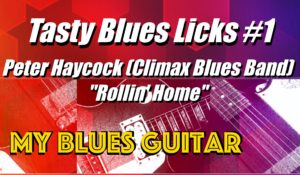
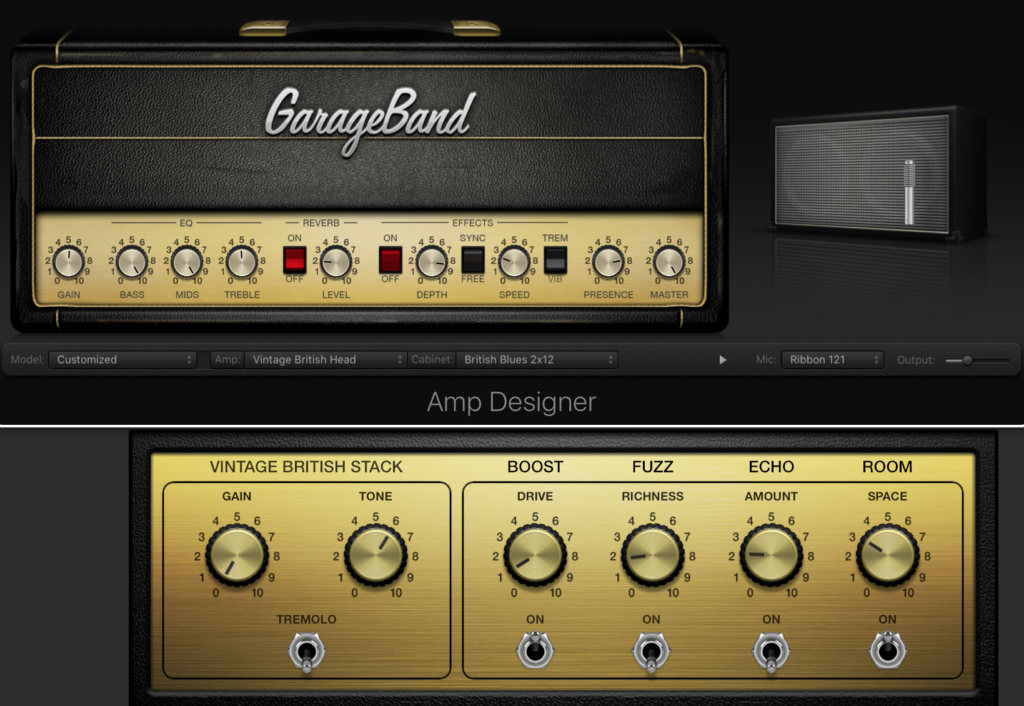
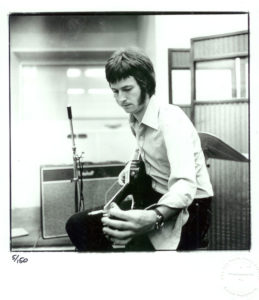 These days, I try to be more disciplined. After doing five or ten minutes of hand and finger stretches (more on that later) the first thing I do when I take my guitar from its stand is grab my little clip-on tuner, attach it to the headstock and start tuning. It's a good habit to develop on a number of levels, not least of which is that it trains your ear to appreciate what your guitar should sound like when it is in tune. And the more you do it, the more attuned you'll become to a well-tuned instrument, and the more you'll recoil in horror when you hear one that isn't. With so many tuners available for all tastes and budgets, it's an essential piece of equipment that you can't afford to be without.
These days, I try to be more disciplined. After doing five or ten minutes of hand and finger stretches (more on that later) the first thing I do when I take my guitar from its stand is grab my little clip-on tuner, attach it to the headstock and start tuning. It's a good habit to develop on a number of levels, not least of which is that it trains your ear to appreciate what your guitar should sound like when it is in tune. And the more you do it, the more attuned you'll become to a well-tuned instrument, and the more you'll recoil in horror when you hear one that isn't. With so many tuners available for all tastes and budgets, it's an essential piece of equipment that you can't afford to be without.